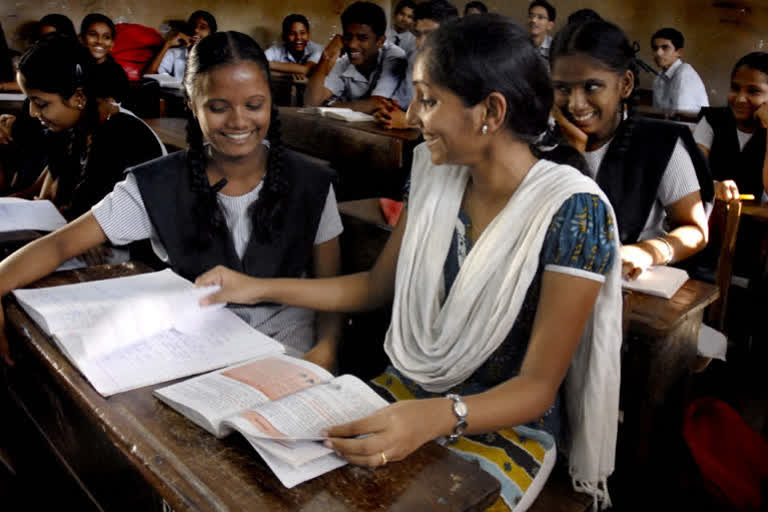Hyderabad: National Education Policy (NEP) 2020 has been formulated with the intent of providing quality education to every student. As the Policy proposes revision and revamping of all aspects of the education structure, it is important to reflect if the current infrastructure is adequate for its implementation. As per official reports, there are 6 crore children who are out of schools in India. The majority of Anganwadi centres, which play a key role in early education, do not have their own buildings. 5 crore children lack basic learning abilities. In this context, one must wait and watch if the NEP 2020 can overcome these deep-rooted challenges. There has not been enough effort put in to ensure quality education for the socially and economically underprivileged. Effective coordination of the Center and states is needed for better enforcement of the Policy. The biggest loophole in the actual education system is the lack of focus on making local education officials accountable.
According to the District Information System for Education (DISE), there are a total of 14.67 lakh schools nationwide of which 73.09 percent are state-run. 18.98 crore students are enrolled in these public schools. NEP 2020 has no detailed discussion about the process of increasing student enrolment in government schools. In the wake of a surge in dropouts during COVID-19 pandemic, proactive approaches are needed to bring them back to school. At the high school level, 22.25 percent of SC, 26.97 percent of ST and 20.04 percent of BC students are discontinuing education. The Sachar Committee Report revealed that 9.97 percent of Muslim students never attended school. Language barriers and difficulties in understanding lessons are the major reasons students quit school midway. The proposal to hire regional teachers in tribal hamlets and introduce vocational education courses for 10th and 12th graders is commendable. But an extensive evaluation must be done to assess the qualifications of available teachers and hire new professionals as required.
As of today, 4.3 percent schools nationwide have only a single classroom while 18 percent schools accommodate all students into 2 classrooms. Meanwhile, 10.20 percent of primary schools have a single teacher for all subjects. Approximately 37 percent of schools do not have minimum facilities for physically challenged pupils. The sorry state of sanitary conditions and toilets need no new mention. The new curriculum suggested under NEP 2020 needs careful study of students’ socioeconomic background and their level of learning. While the idea of assigning well-trained social workers and counsellors to every school is a welcome move, the feasibility of the proposal needs further study. There is a huge shortage of counsellors in India. Unless the government plans on mass hiring counsellors, the issue of mental health of school children will remain unaddressed.
Although the Policy per se appears beneficial for disadvantaged pupils, it needs to overcome a lot of challenges. Hiring non-teaching staff as Mandal Education Officers could bring better results. Faculty's attendance must be strictly monitored. Dedicated teachers should be recognized and encouraged. Parent committees can be set up in order to make them a part of the school’s progress. In order to create holistic and well-rounded individuals equipped with the key 21st-century skills, the proposals in NEP 2020 must not just look good on paper but prove to be the same in reality too.
Read: PM Modi addresses conclave on school education under NEP-2020




